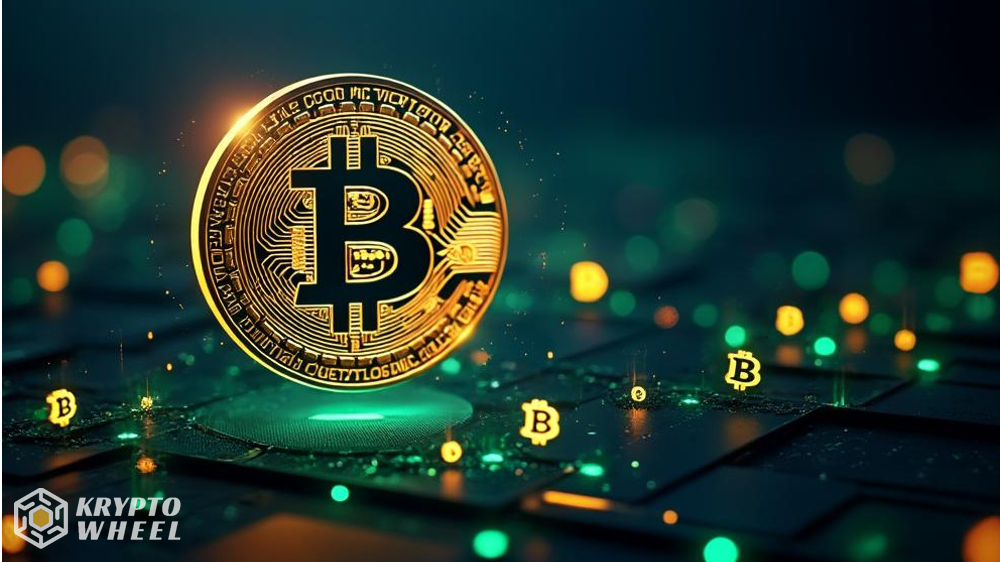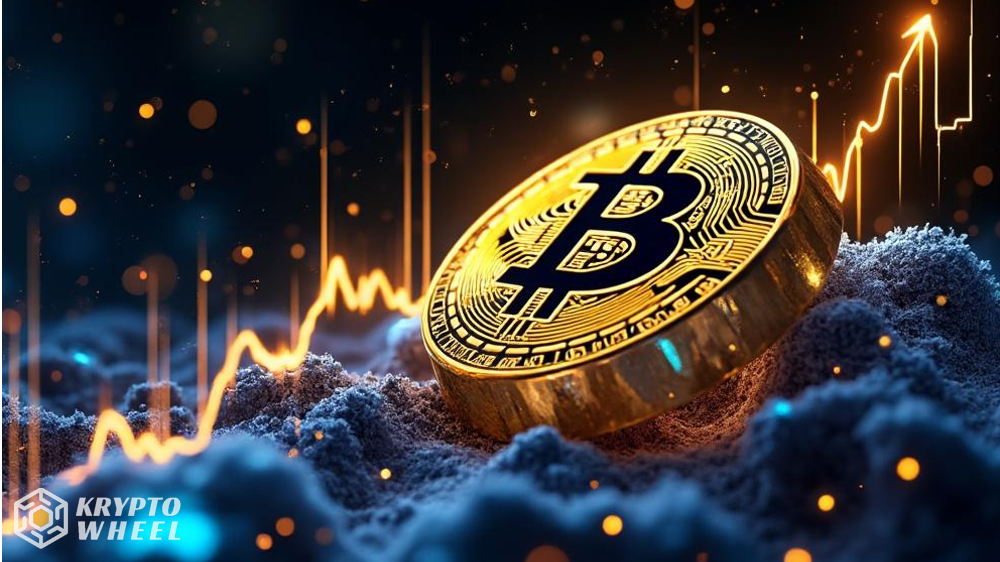South Korea’s Stablecoin Shift Faces a Big Hurdle
South Korea’s decision to pause its central bank digital currency (CBDC) plans and focus instead on private-sector stablecoins has set off a scramble among local fintech firms and banks. KakaoBank is reportedly exploring stablecoin issuance and custody services, while Upbit and Naver Pay are working on a payments-focused token—one that might even narrow the notorious “kimchi premium” gap between Korean and global crypto prices.
The move aligns with broader financial reforms, like extended FX trading hours and efforts to attract foreign investors. A regulated won-pegged stablecoin could, in theory, streamline settlements and bridge traditional banking with crypto markets. But there’s a catch—South Korea’s currency isn’t freely tradable overseas.
The Onshore-Only Problem
Since the 1997 Asian financial crisis, South Korea has kept tight control over the won. Foreign institutions can’t trade it among themselves outside the country, and every dollar-won transaction must go through domestic intermediaries under the Bank of Korea’s watch. The system helps curb speculation and maintain monetary policy control—but it also means a won stablecoin would be limited to whitelisted, KYC-verified addresses tied to Korea.
That raises a question: What’s the point? Domestic bank transfers in Korea are already instant, free, and available 24/7. A stablecoin wouldn’t offer much advantage for in-country payments. Its real value would be in cross-border transactions—except the onshore rule blocks that entirely.
Vera Yuen, a professor at Hong Kong University, notes that private stablecoins could undermine a central bank’s grip on its currency, potentially leading to unintended dollarization. Seoul’s cautious approach suggests any won-backed token would face strict limits.
Taiwan’s Similar Struggle
Taiwan faces a related challenge. While the Taiwan dollar (NTD) is freely convertible, it can’t be used offshore. A proposed NTD stablecoin would need local bank backing, full onshore reserves, and central bank oversight—effectively locking it within Taiwan’s borders.
For now, the utility of these stablecoins looks confined to domestic use. A Hong Kong dollar token, by contrast, could have broader appeal since the currency isn’t restricted offshore. But globally, demand for non-USD stablecoins remains uncertain.
Market Snapshot
Bitcoin hovered around $123,900, buoyed by softer U.S. inflation data and hopes for Fed rate cuts. Ethereum, trading above $4,700, is inching toward its all-time high. Gold rose slightly as investors bet on easing monetary policy, while Japan’s Nikkei 225 dipped after a record run.
In the U.S., the S&P 500 and Nasdaq hit fresh highs Wednesday, reflecting optimism that inflation might finally be cooling enough to justify rate cuts later this year.
For now, the stablecoin experiment in Asia feels like a tentative step—one with more questions than answers.










